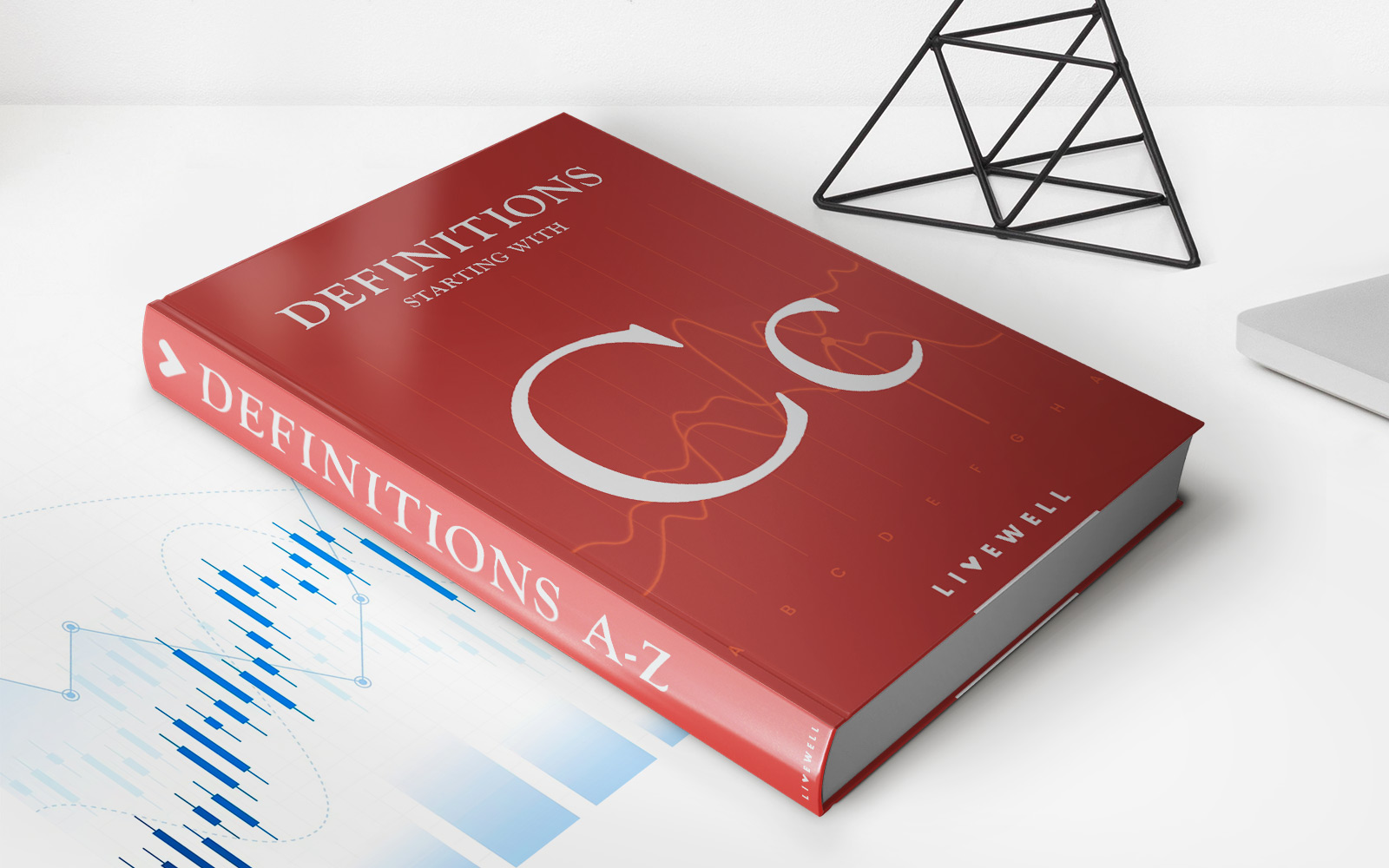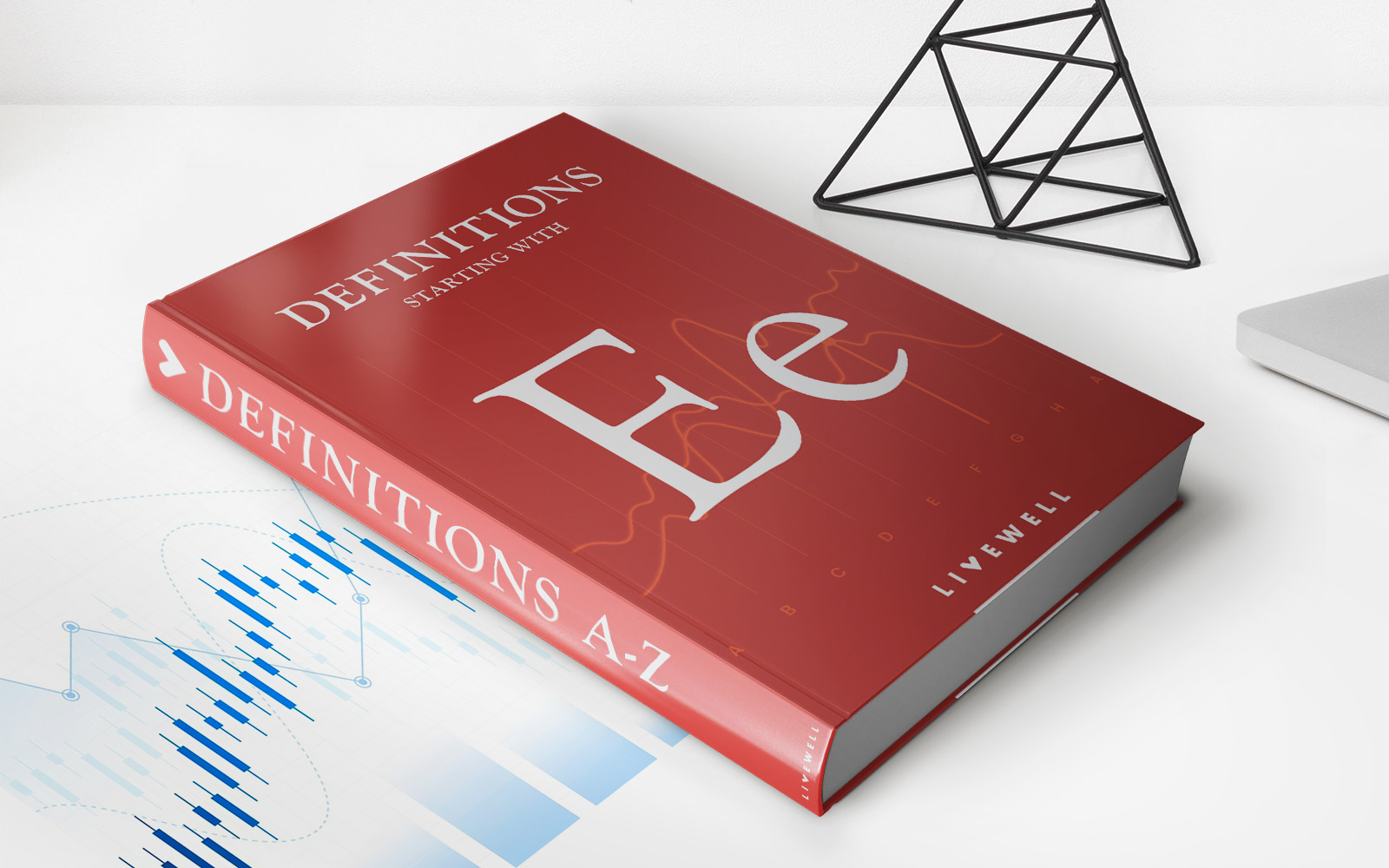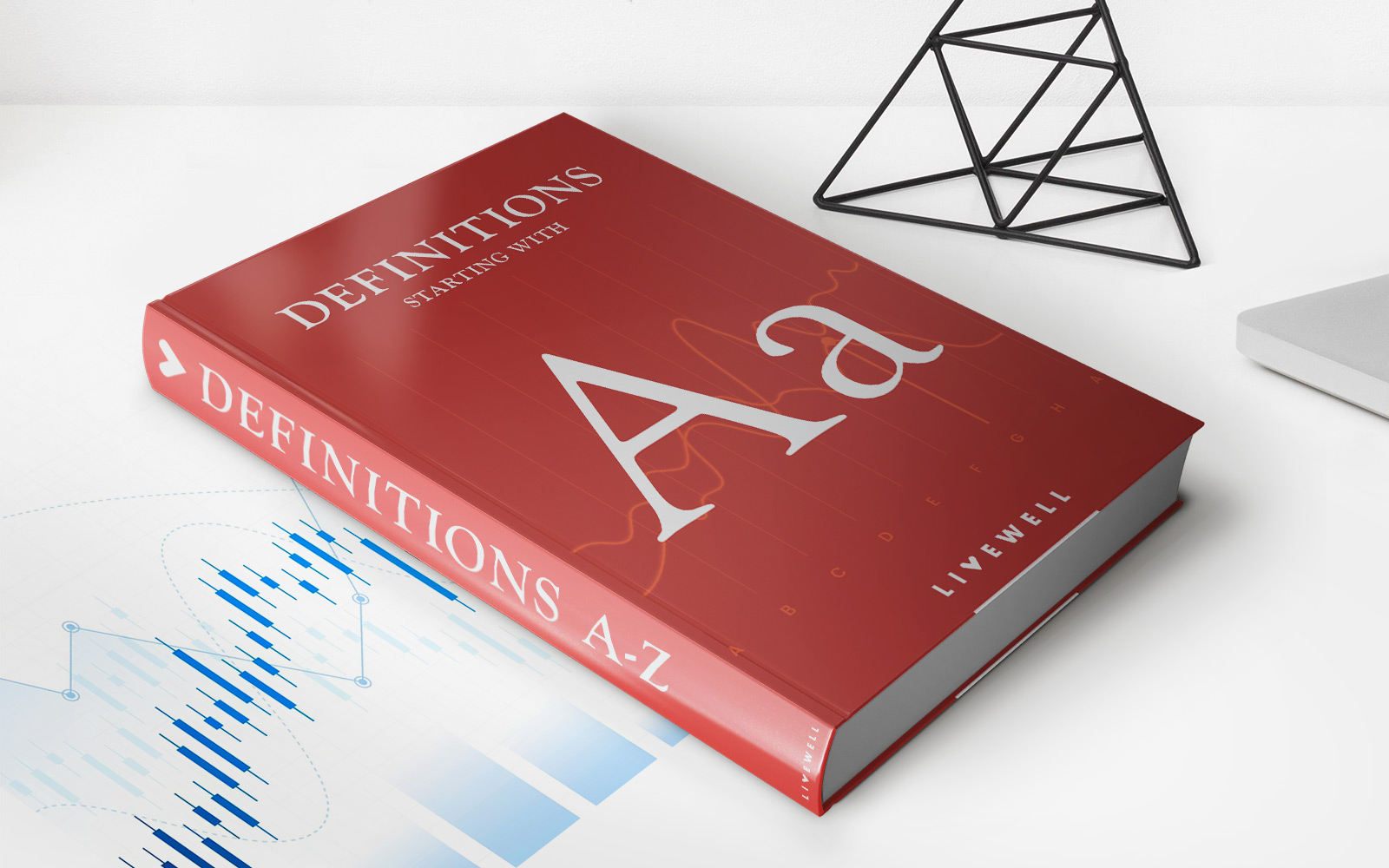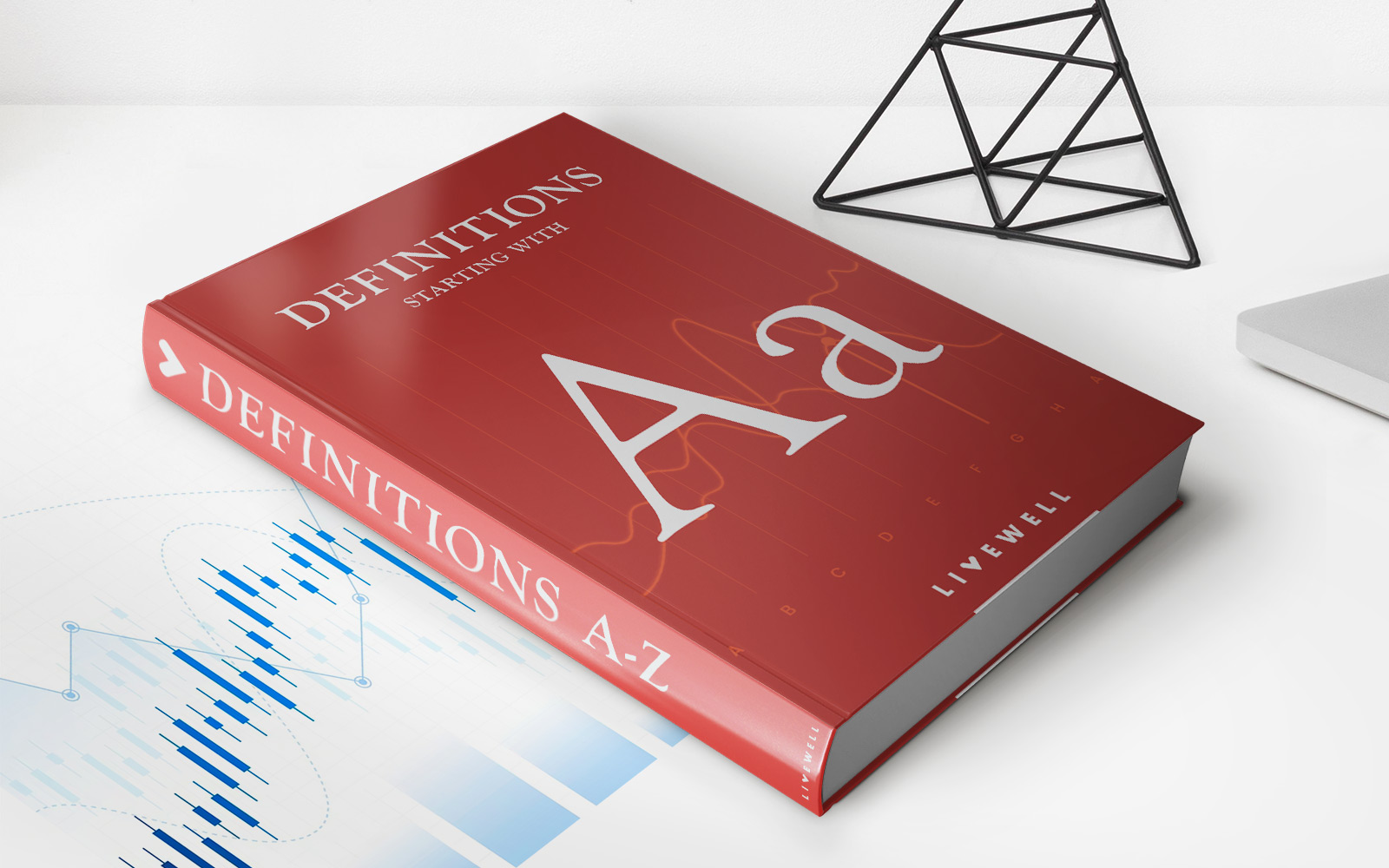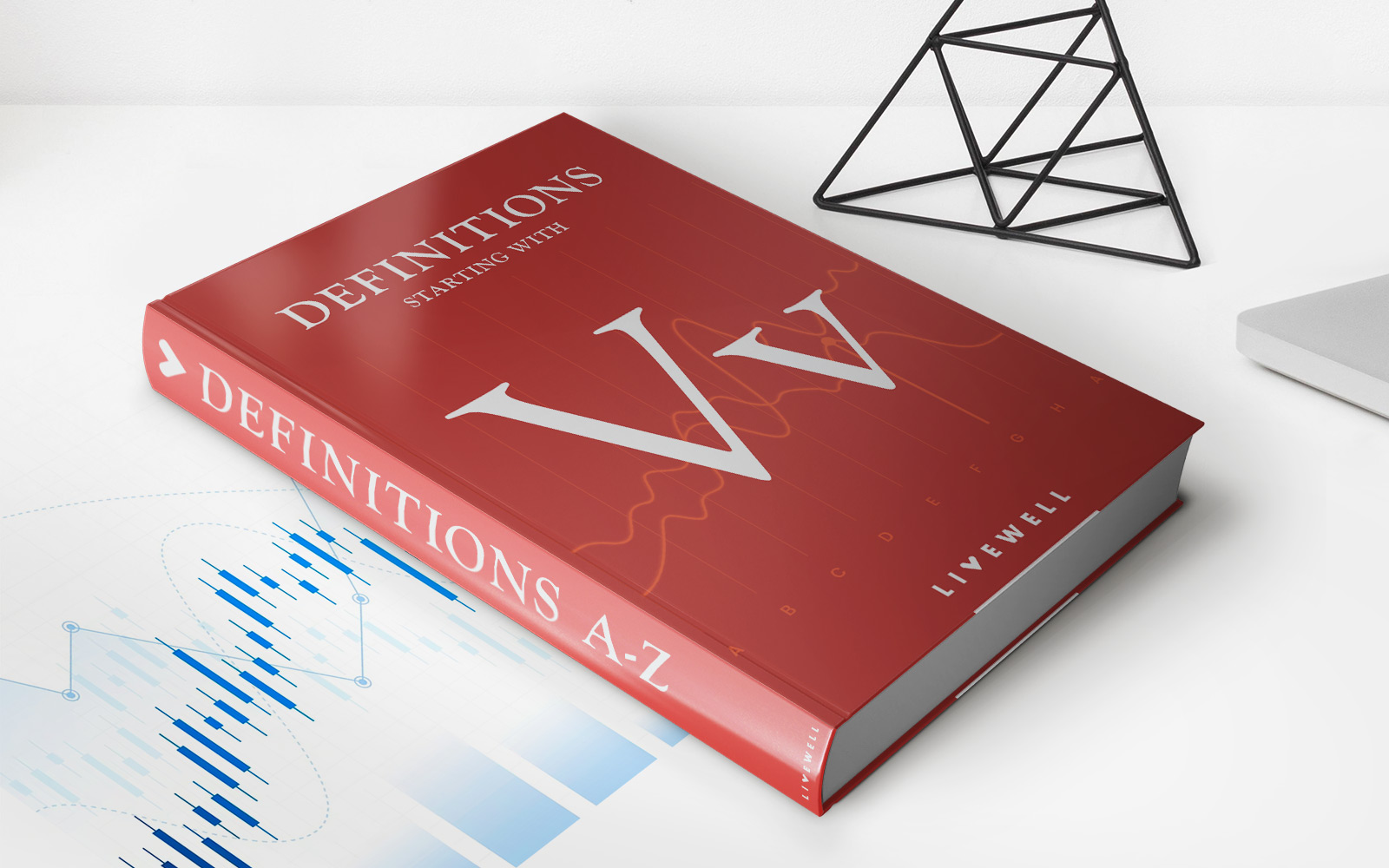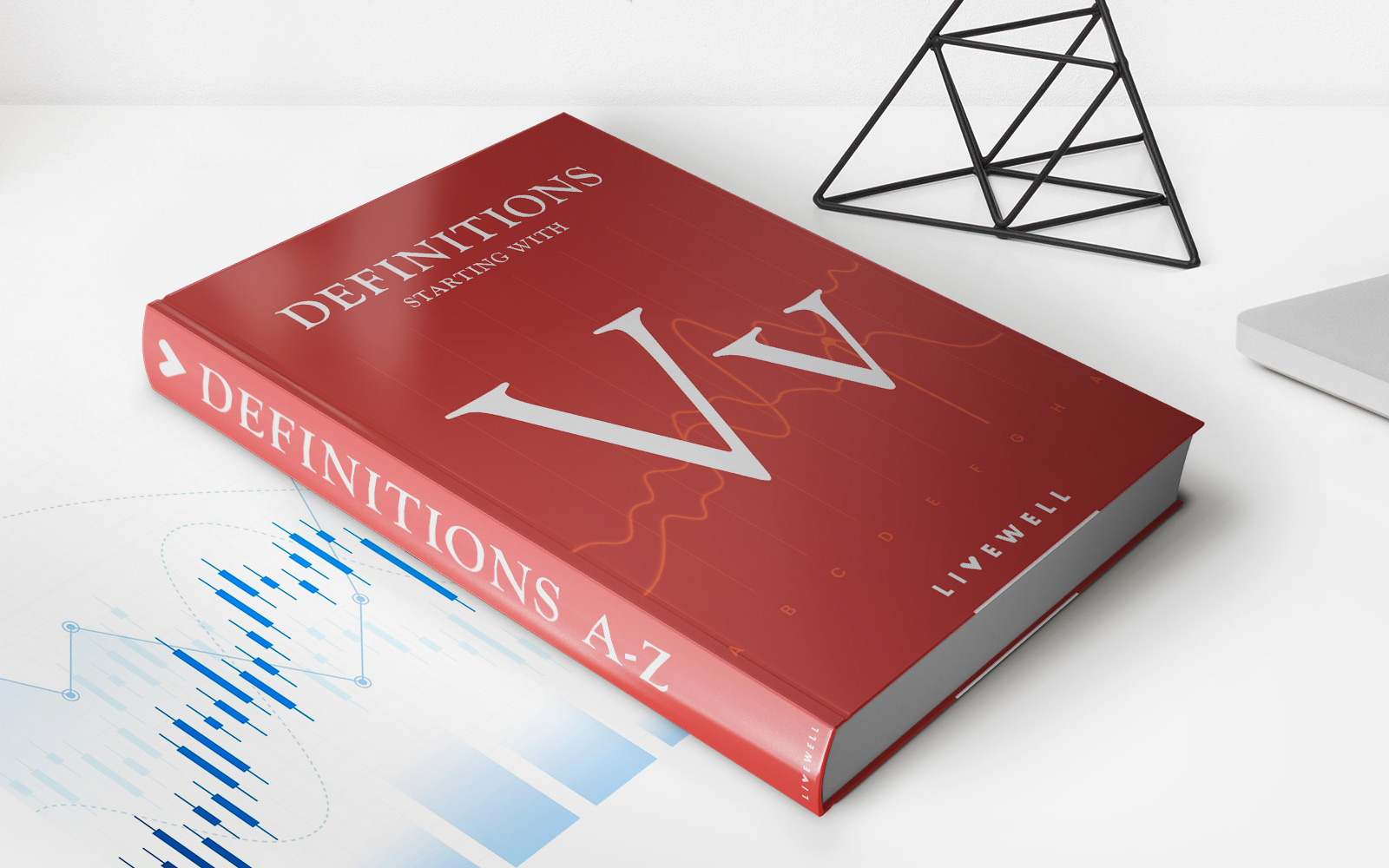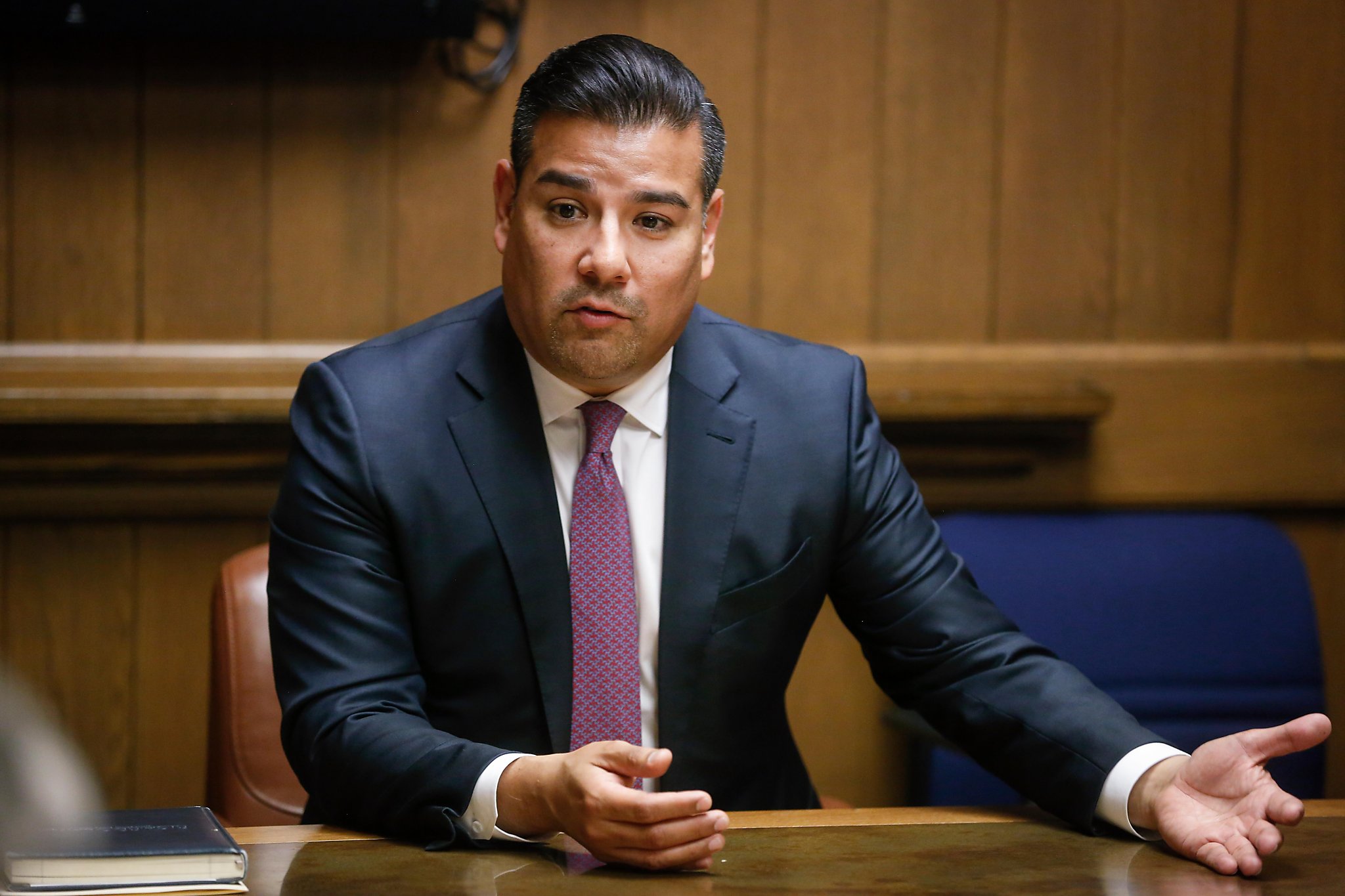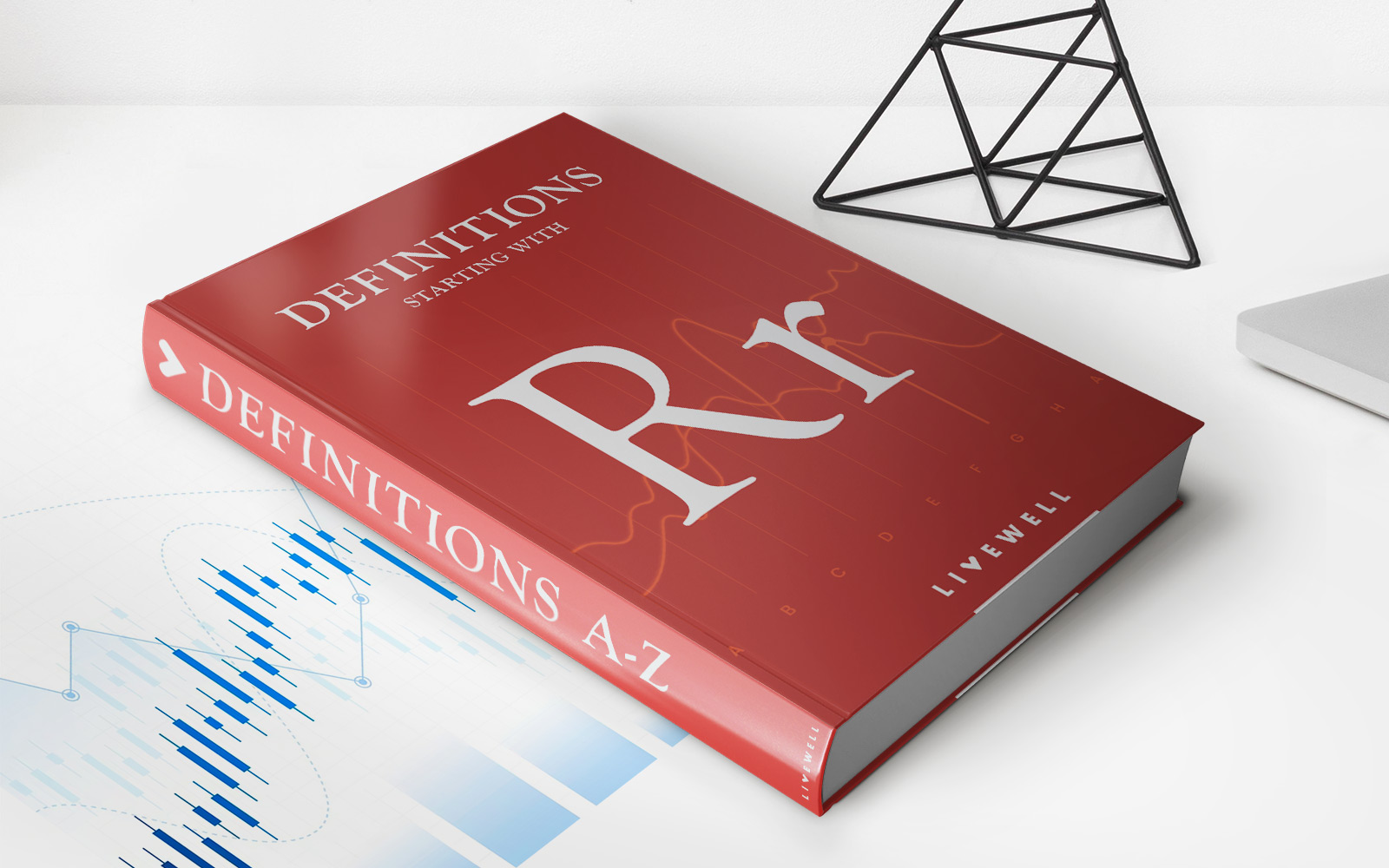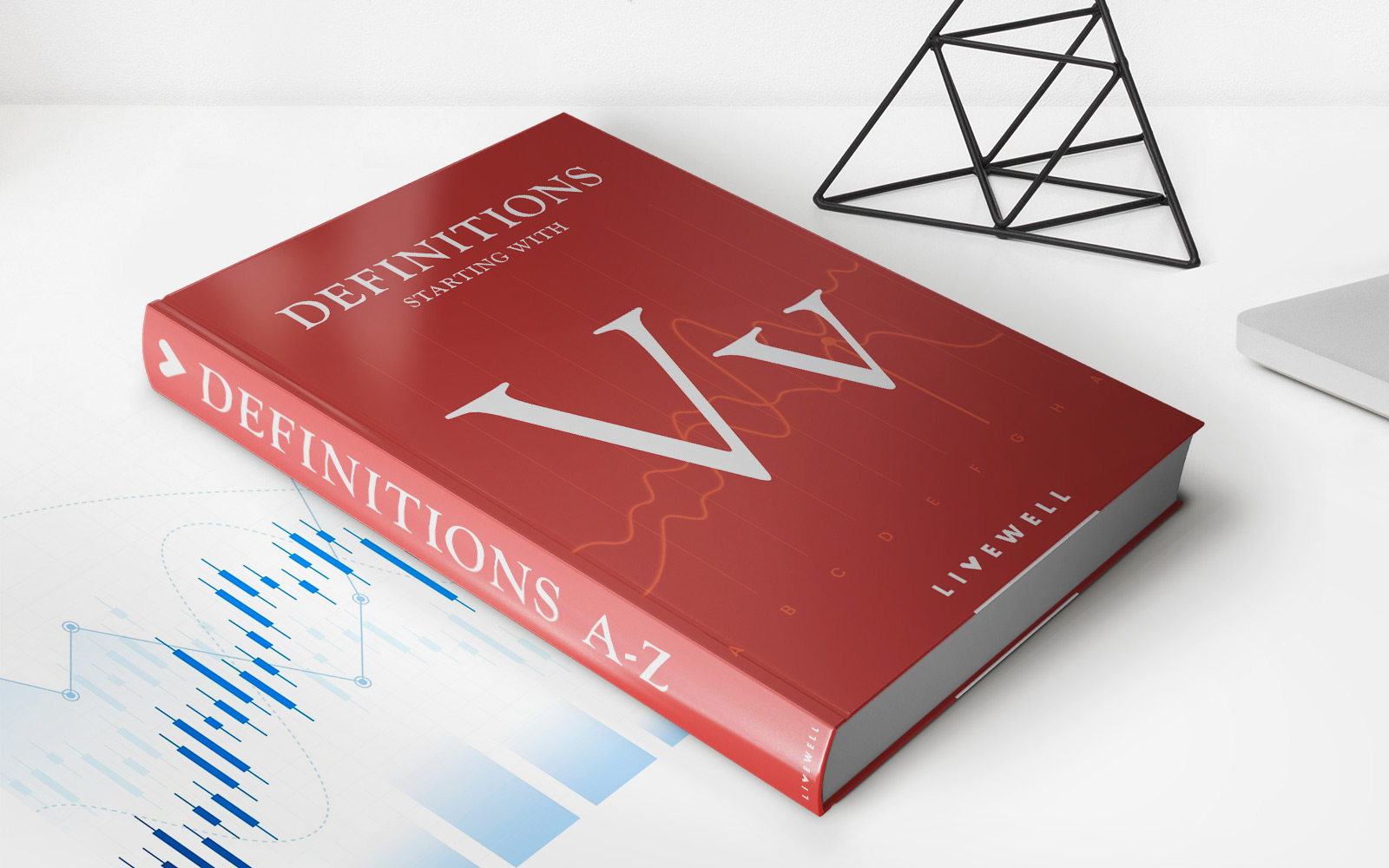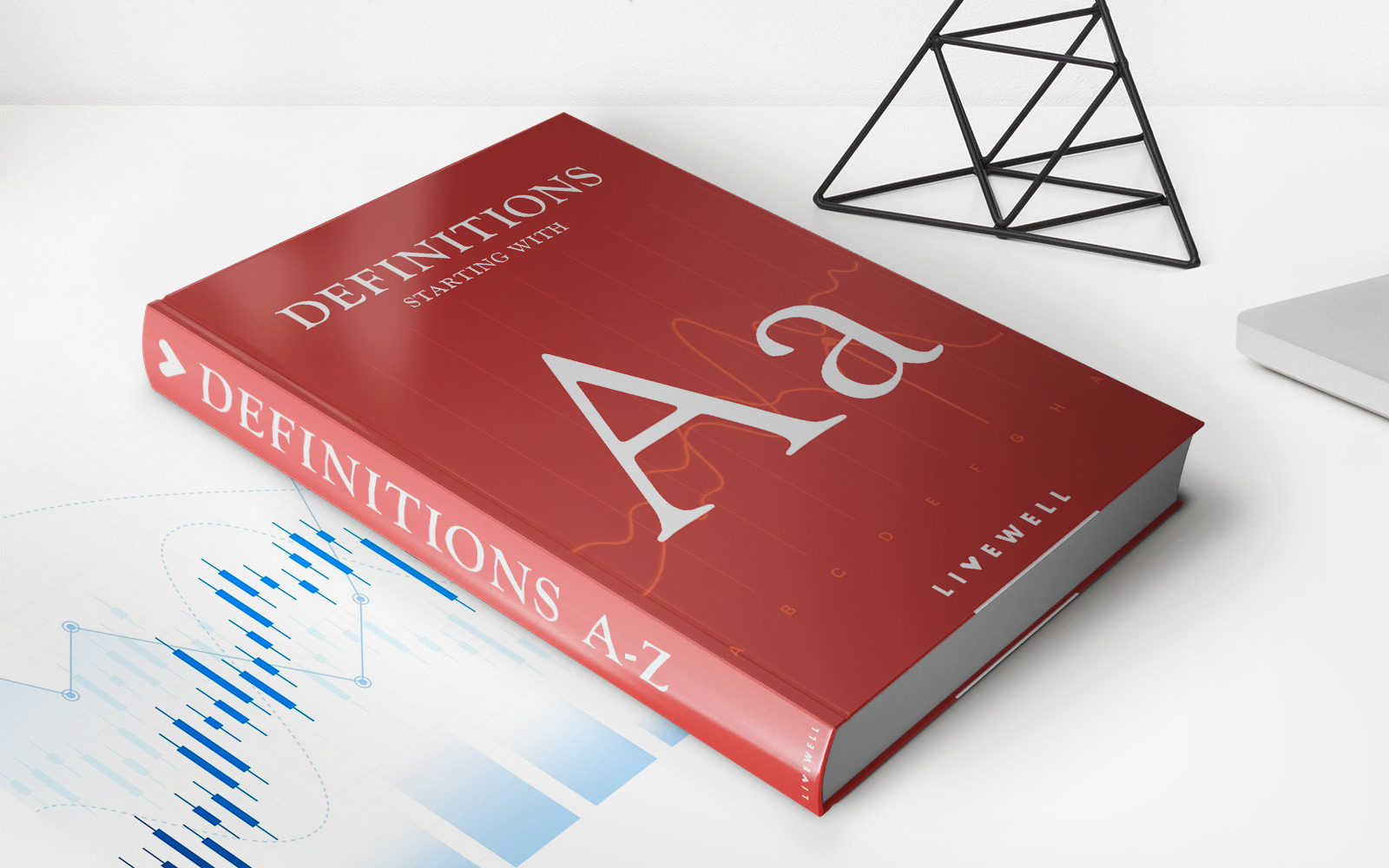Home>Finance>Commissioners’ Annuity Reserve Valuation Method (CARVM) Definition
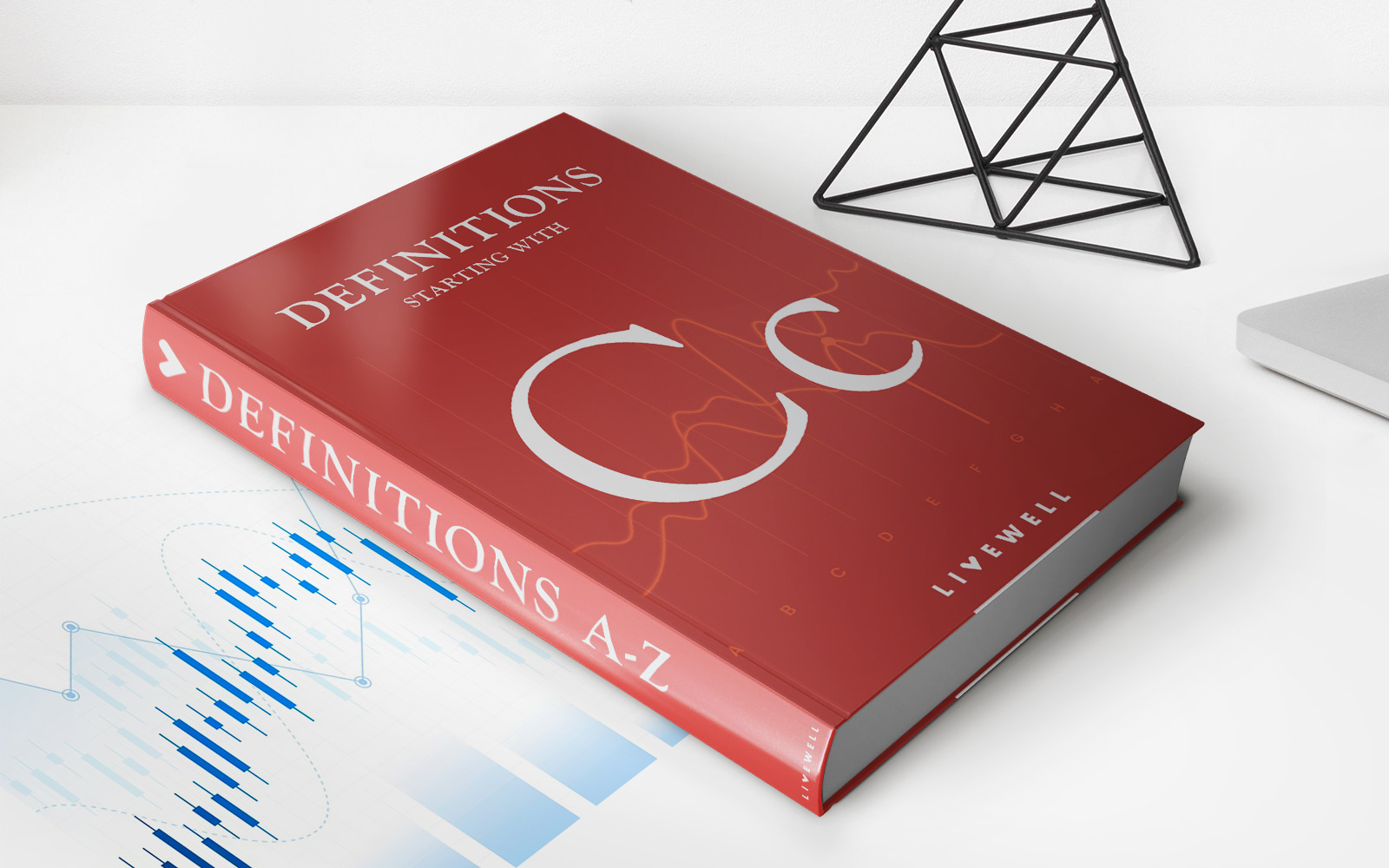

Finance
Commissioners’ Annuity Reserve Valuation Method (CARVM) Definition
Published: October 30, 2023
Learn the definition of Commissioners' Annuity Reserve Valuation Method (CARVM) in finance. Understand how it impacts the evaluation of annuity reserves.
(Many of the links in this article redirect to a specific reviewed product. Your purchase of these products through affiliate links helps to generate commission for LiveWell, at no extra cost. Learn more)
Understanding the Commissioners’ Annuity Reserve Valuation Method (CARVM)
Welcome to our Finance blog series, where we unpack complex financial concepts and provide you with valuable insights. In this post, we will dive into the realm of insurance and discuss the Commissioners’ Annuity Reserve Valuation Method (CARVM). If you’ve been wondering what CARVM is and how it impacts insurance companies, you’re in the right place.
Key Takeaways:
- The Commissioners’ Annuity Reserve Valuation Method (CARVM) is a regulatory guideline for valuing annuity contracts.
- CARVM ensures that insurance companies have sufficient reserves to meet their annuity obligations.
What is the Commissioners’ Annuity Reserve Valuation Method?
The Commissioners’ Annuity Reserve Valuation Method (CARVM) is a standardized framework developed by the National Association of Insurance Commissioners (NAIC) for valuing annuity contracts. Given the complex nature of annuities, CARVM provides a consistent methodology for insurance companies to determine the appropriate reserves to be set aside to cover future liability payments.
But what exactly are reserves? Reserves are financial resources that insurance companies hold to ensure they can fulfill their policyholders’ claims and obligations over time. In the case of annuities, which are long-term financial contracts that provide regular income payments to individuals, determining accurate reserves is crucial to maintain financial stability and protect policyholders.
How Does CARVM Impact Insurance Companies?
Insurance companies must adhere to CARVM guidelines to calculate their annuity reserves accurately. By doing so, they can provide a clear picture of their financial standing and ensure that they have sufficient funds to meet their annuity obligations.
Insurance regulators use CARVM as a benchmark to evaluate and enforce reserve requirements on insurance companies. The NAIC has set forth specific formulas and methodologies that insurance companies must follow when calculating annuity reserves. These guidelines consider various factors, including interest rates, mortality rates, and policyholder behavior assumptions.
Ultimately, CARVM fosters accountability and transparency within the insurance industry, ensuring that policyholders’ interests are protected.
Why is CARVM Important for Policyholders?
For policyholders, CARVM provides an additional layer of assurance. By enforcing reserve requirements, CARVM helps ensure that insurance companies are financially secure to honor their annuity contracts. This means that if you hold an annuity policy, your income payments are more likely to be protected, giving you peace of mind for the future.
Additionally, CARVM promotes fair market competition among insurance providers. By setting standard reserve guidelines, it levels the playing field and ensures that insurance companies are not taking unnecessary risks or exploiting policyholders.
Conclusion
The Commissioners’ Annuity Reserve Valuation Method (CARVM) is a cornerstone of the insurance industry, providing a standardized framework for valuing annuity contracts. By following CARVM guidelines, insurance companies can maintain financial stability while protecting policyholders’ interests. So, the next time you come across the term CARVM, you’ll have a better understanding of its significance.

